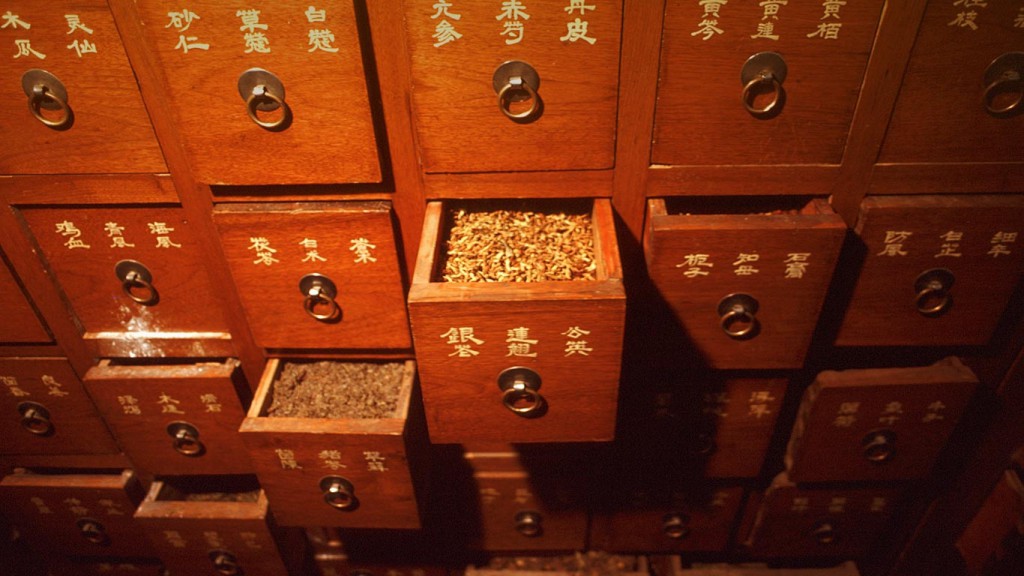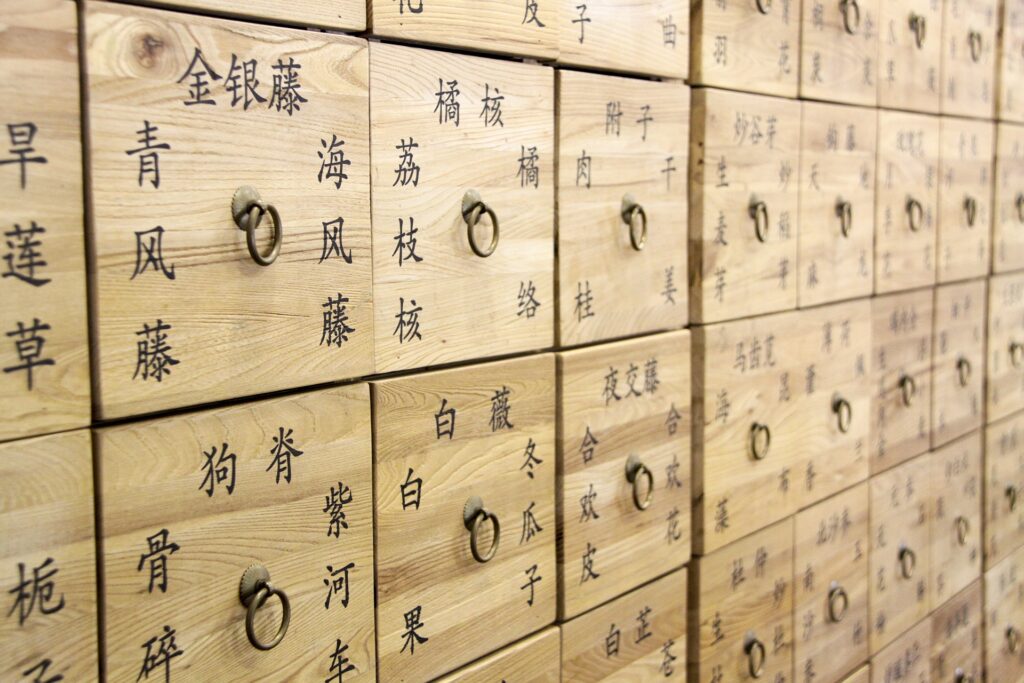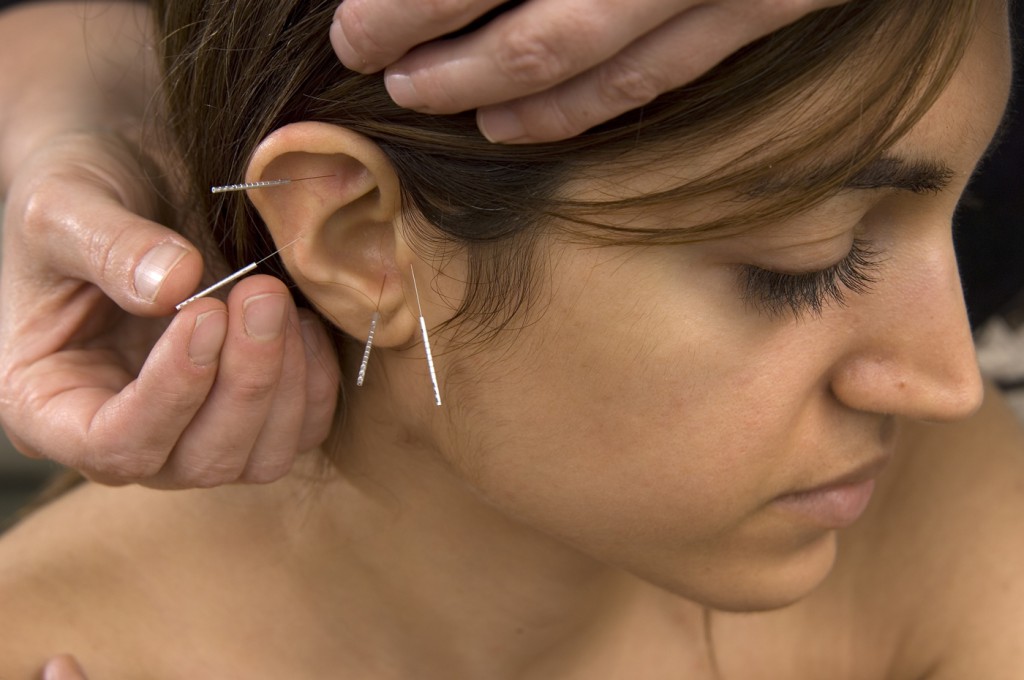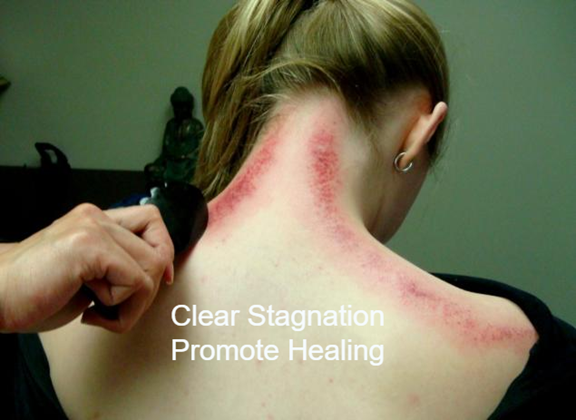ACUPUNCTURE
We are trained in several modalities of Acupuncture: Kiiko Matsumoto Japanese Acupuncture, Traditional Chinese Medicine (TCM) Acupuncture, and Classical Style Acupuncture. Kiiko Japanese Acupuncture uses gentle needling approach that has been proven effective in helping a wide range of health problems, including those who have not responded well with other styles of Acupuncture. A typical Acupuncture treatment may include one or more of the following services (listed below) prescribed as an adjunctive therapy, based on treatment principles and protocols.


90-Minute Follow-Up Treatment
This treatment modality consists of treating 2 sides of the body, most commonly the front and back side, during a session. The treatment of two sides using the classical yet innovative and proven system of Japanese style of acupuncture is often recommended for any kind of chronic or complex conditions, whether they are physical, emotional or spiritual – this can include long standing pain, autoimmune disease, neurological conditions, chronic mood disorders, etc. Professional athletes commonly receive this style of treatment due to its immediate effectiveness not only in pain management, but in speeding up the process of restoring functional anatomy. For example: “My coach and doctor cleared me to play soccer tomorrow, but I can barely move my left knee. I can’t even put my entire weight on my leg. Can you help me?” In such an example, we would treat said patient up to 2 or 3 times per week using the Kiiko style of acupuncture to help facilitate and speed up the time of recovery. The Kiiko Matsumoto system of acupuncture consists of a very hands-on palpitory approach in treating pathology.
60-Minute Follow-Up Treatment
A 60-minute treatment appointment consists of a one-sided treatment protocol. The treatment of choice for acute conditions dealing with pain management, sports injuries, joint inflammation, muscular related issues, musculoskeletal problems, or simply wellness. Adjunctive Therapies listed on this page are often combined as part of this treatment (based on presenting symptoms), including the application of moxibustion therapy. The age-old question we receive, “what does acupuncture treat?” Our response always follows-up with, “Well, what doesn’t it treat?” If your body can create illness or imbalance, it has the same potentiality to reverse or heal from any imbalance. Acupuncture does not heal or treat disease. Acupuncture is indeed a physical-emotional-spiritual medicine. The practitioner is a facilitator, creating the space required for spirit to flow through the body. The meridian system utilized in acupuncture treatments acts as a map, guiding your divine healing power to where it needs to be, to bring you back into right relationship with the world.


Auricular Acupuncture
Needles or pellets called “ear seeds” are applied to the ear to stimulate acupuncture points according to a microsystem view of the body. Ear Acupuncture can be used as a treatment alone or in conjunction with an Acupuncture treatment. Auricular protocols as an independent treatment method are the treatment of choice for smoking cessation and other addictions, high or low blood pressure management, pain management, and stress/relaxation. Keep in mind, an Auricular treatment program (average of 10 daily 15-20 minutes treatments) is recommended as a treatment program if you desire to quit smoking or for other addictions. If you are ready to quit, the journey can be difficult but the destination miraculous. The goal is to help fight the cravings and balance out the sympathetic/parasympathetic nervous system; a valuable tool to help you on your journey.
Asian Bodywork Therapy
Tui Na (pronounced Twee-Na) is a specialty of Asian Bodywork Therapy. Tui Na has the ability to focus on specific problems such as chronic pain related to the muscles, joint pain, fascial system, and musculoskeletal system. Tui Na has been used for hundreds of years by Chinese Kung Fu masters and practitioners in the treatment of Martial Art injuries. Tui Na can also treat sport injuries, sciatica, muscle spasms, pain in the back, neck, and shoulders, insomnia, constipation, migraines, and stress. Tui Na also works with the patient’s energetics (called Qi), at a deeper level to help release stagnation and to harmonize imbalances. As in Acupuncture, Tui Na specializes in preventing illnesses and imbalances, not just correcting them. Tui Na dates back to 1700 BC.


Cupping
Cupping is an age-old form of folk medicine that pulls the flesh up in a cup via suction. This vacuum effect is achieved using a pumping device used to suck the air out of the cup or the traditional Chinese “fire cupping” method, which is our method of choice. We safely and swiftly apply fire into the cup and immediately place on the skin. The fire burns out the oxygen in the cup and its opening is blocked by the skin before any new air can enter again, thus creating a vacuum effect plus therapeutic warmth. A fire cupping session can last anywhere from 5-15 minutes depending on treatment protocol, and can be done during an Acupuncture treatment or as a treatment by itself. This treatment can remove deep-level stagnation, reduce swelling, and greatly relieves tension in the muscle and the connective tissue. Cupping is growing in popularity in the world of celebrities as they are often found posing in the world of medial.
How do I know? Well, cupping leaves an apparent circular bruise on the skin surface. The color of the bruise is diagnostic for us as well. The bruise can take up to week to disappear, sometimes longer if there is severe stagnation in the area of treatment.
Moxibustion
Moxibustion is a technique used adjunctively during an Acupuncture treatment used to stimulate a point further. There are many forms and styles of how moxibustion therapy is performed. The most common style we use is a Japanese style in which the dried and refined leaf of the mugwort plant (Artemisia Vulgaris) called “moxa” is burned and heated near an acupoint or on top of an inserted needle. Think of burning incense, this is how it looks and smells when burning tiny (the size of rice grains) bits of moxa near a point. Moxibustion therapy can be used solely as a treatment for those who are needle-sensitive as an alternative.


Gua Sha
Gua Sha is a Chinese form of cutaneous-friction therapy. A blunt instrument or a flat Jade stone is used along with a lubricant salve to manipulate and glide along a specified surface area of the skin. The sensation is that of a deep-tissue massage. Gua sha is often used diagnostically as it tends to leave a rash-like appearance called “sha” on the surface area of the skin, especially if there is some form of stagnation, such as in the form of heat. The “sha” or rash-like appearance can last from 1 day to about a week. Gua Sha therapy can clear trapped heat in the skin surface, remove toxins, improve circulation, and can help treat a wide range of conditions such as muscular tension, spasms, whiplash, cough, allergies, reduce or eliminate fevers, and digestive issues. It can be used along with an Acupuncture treatment, or as a stand-alone treatment.
Qigong
Qigong is Chinese for “breath or energy cultivation.” Qigong is a broad term for exercises that coordinate movement, intention, and corrective diaphragmatic breathing methods. We often teach simple yet power medical Qigong excercises appropriate to a patient’s condition so that they can continue self-treatment between appointments. Qigong and martial arts go hand-in-hand as we also offer private lessons in martial-based Qigong exercises suitable to anyone who wishes to pursue martial arts, to help in their martial art training, or simply to strengthen their mind and body for wellness.
If you are interest in private or classroom setting Qigong, please contact us for further information and updates. We are in the process of looking for a class location in the nearby area, and will update this website as soon as we do.
